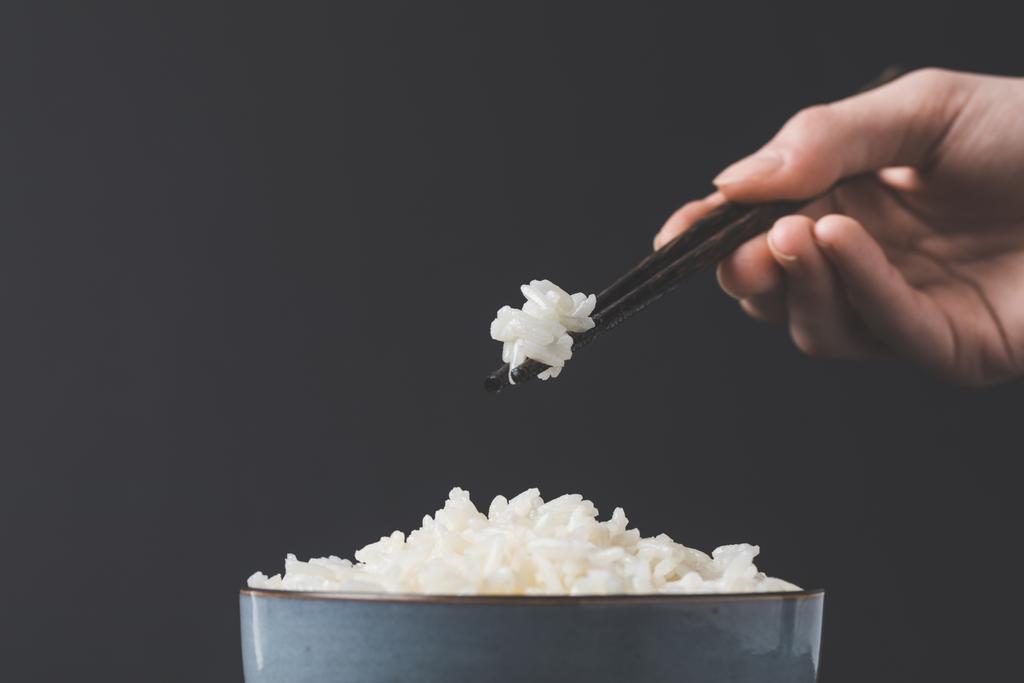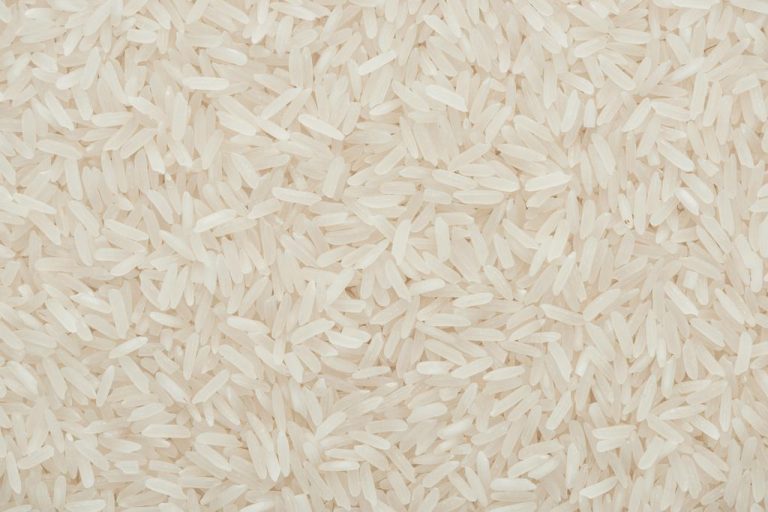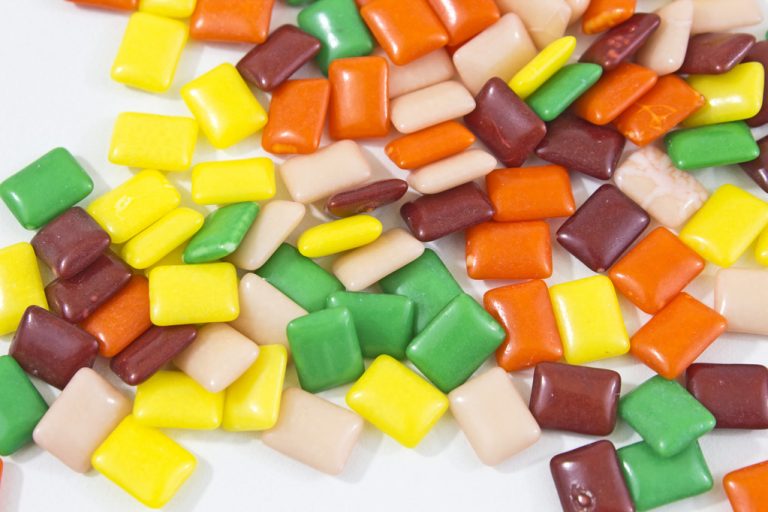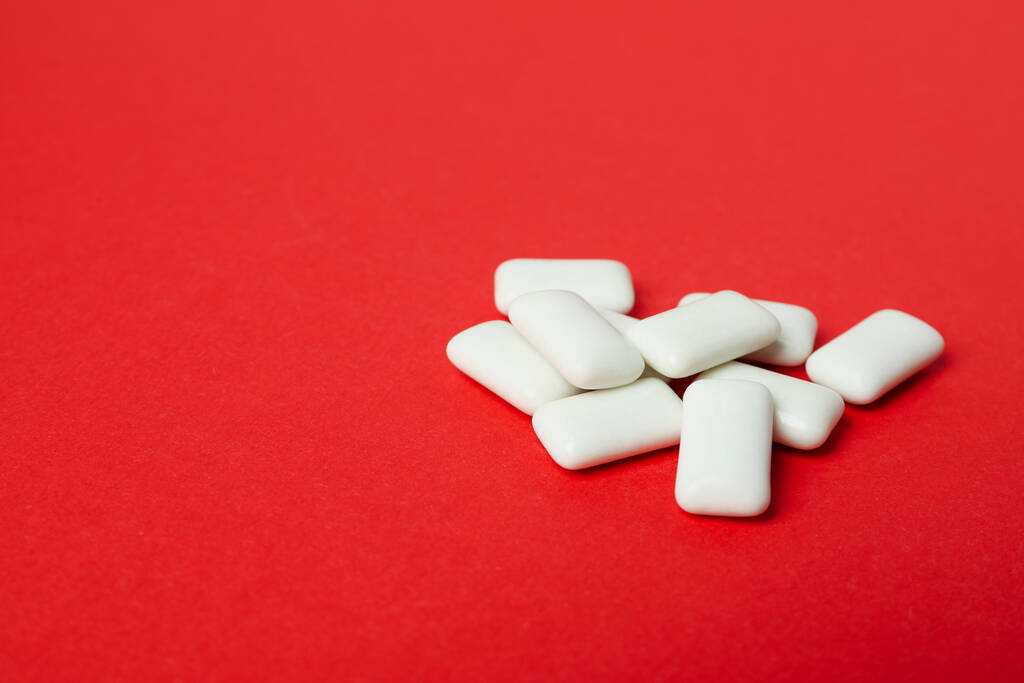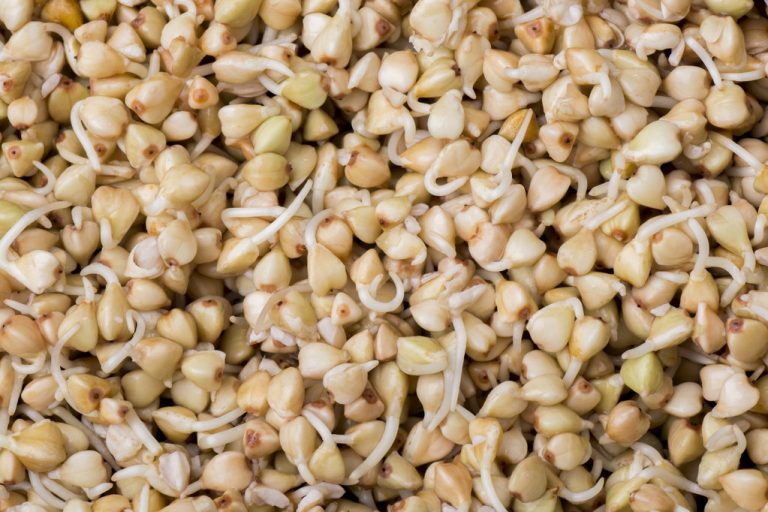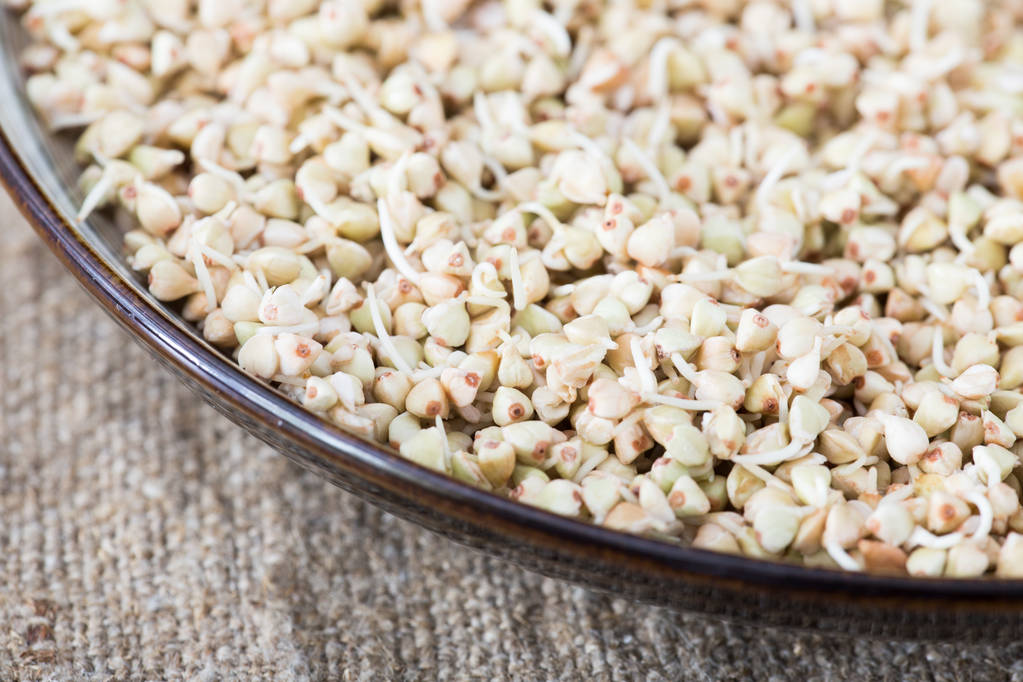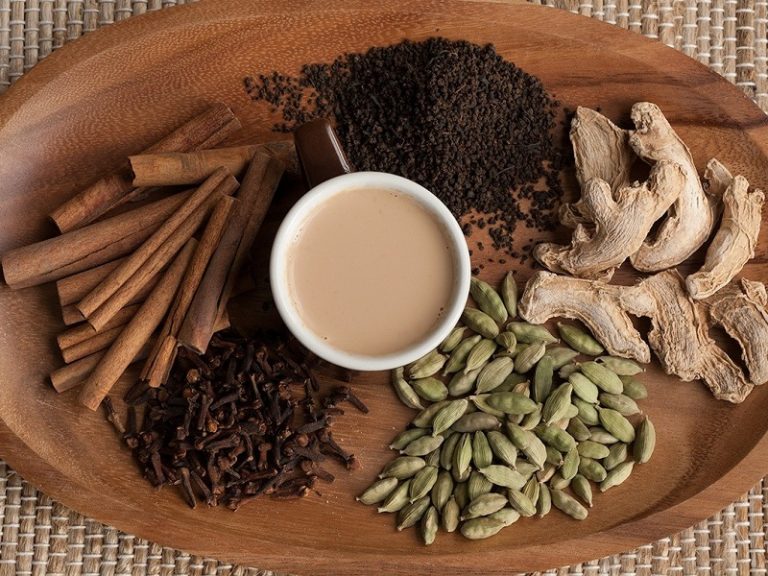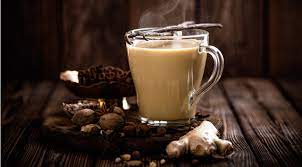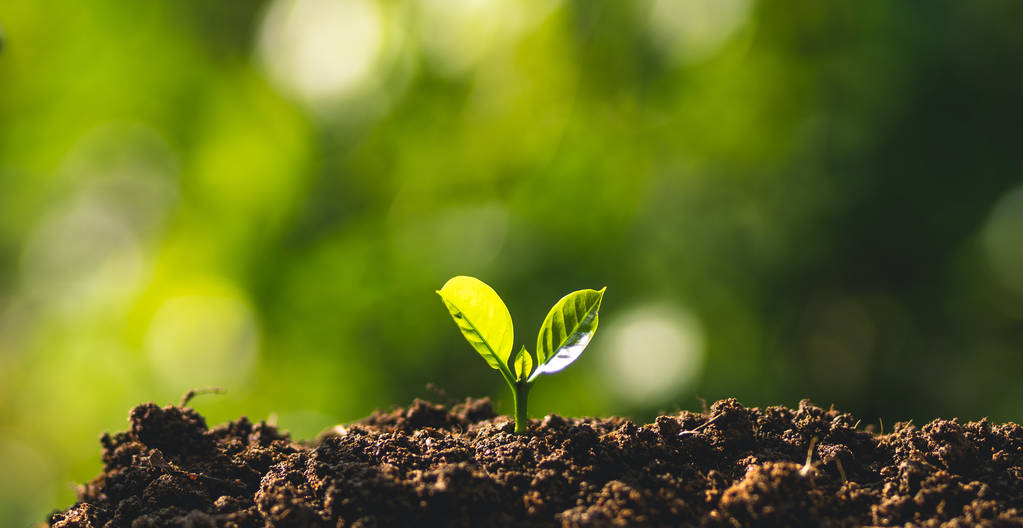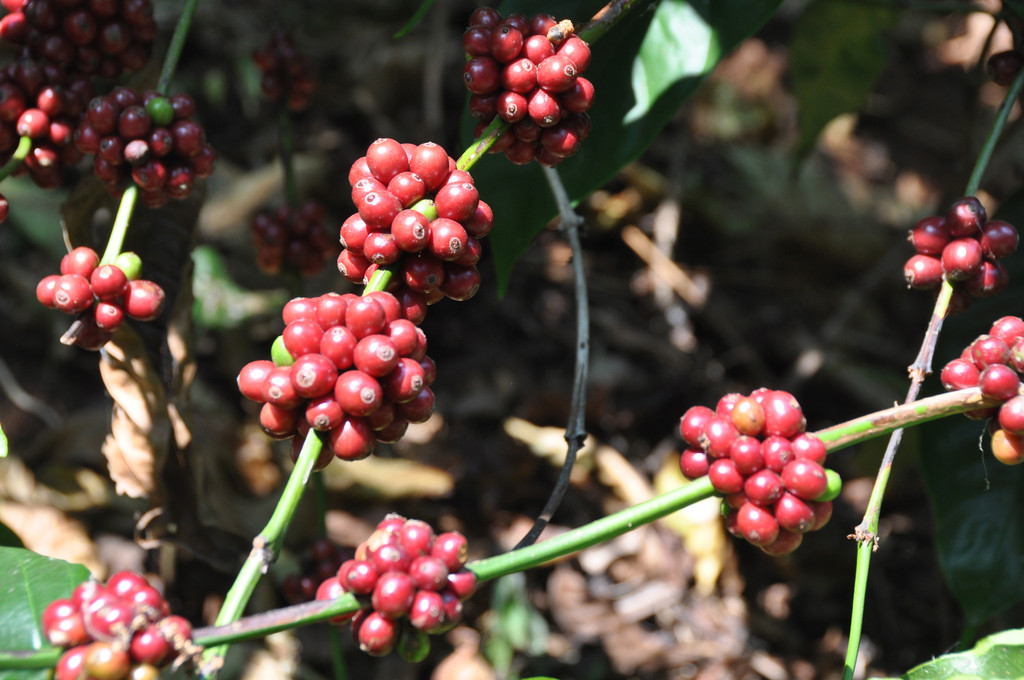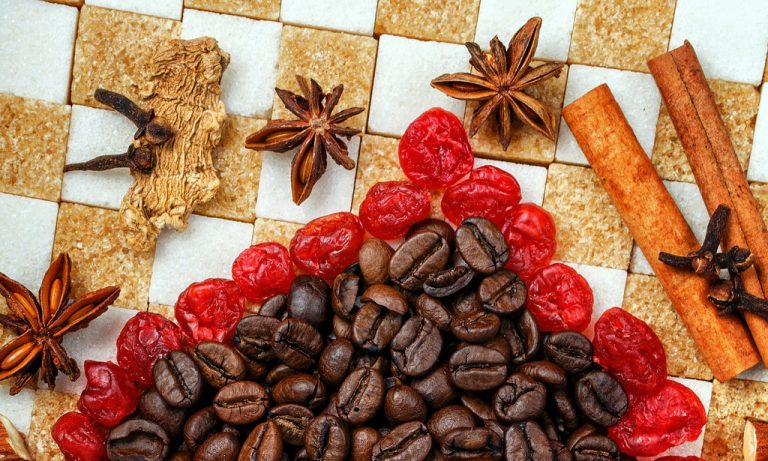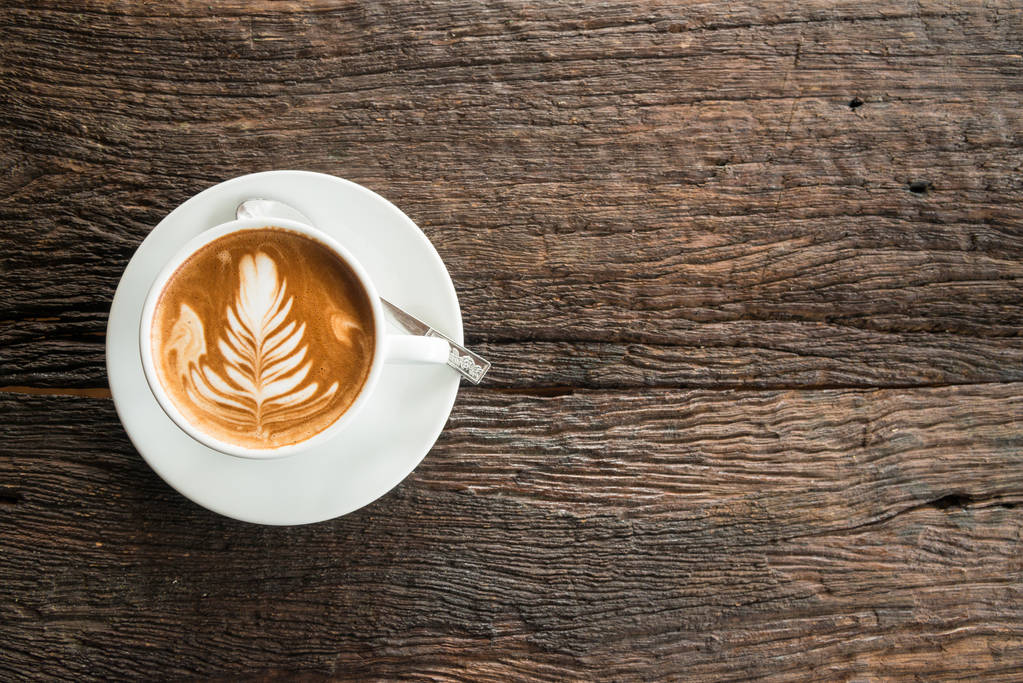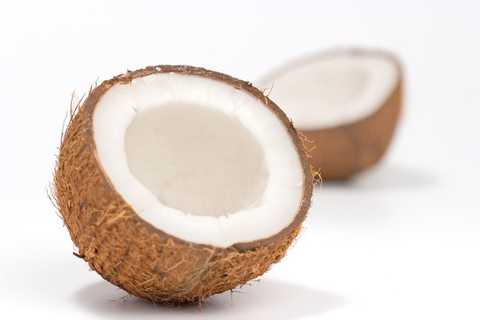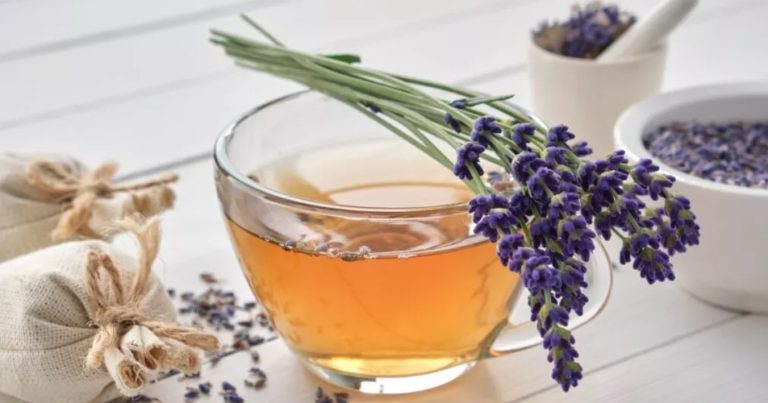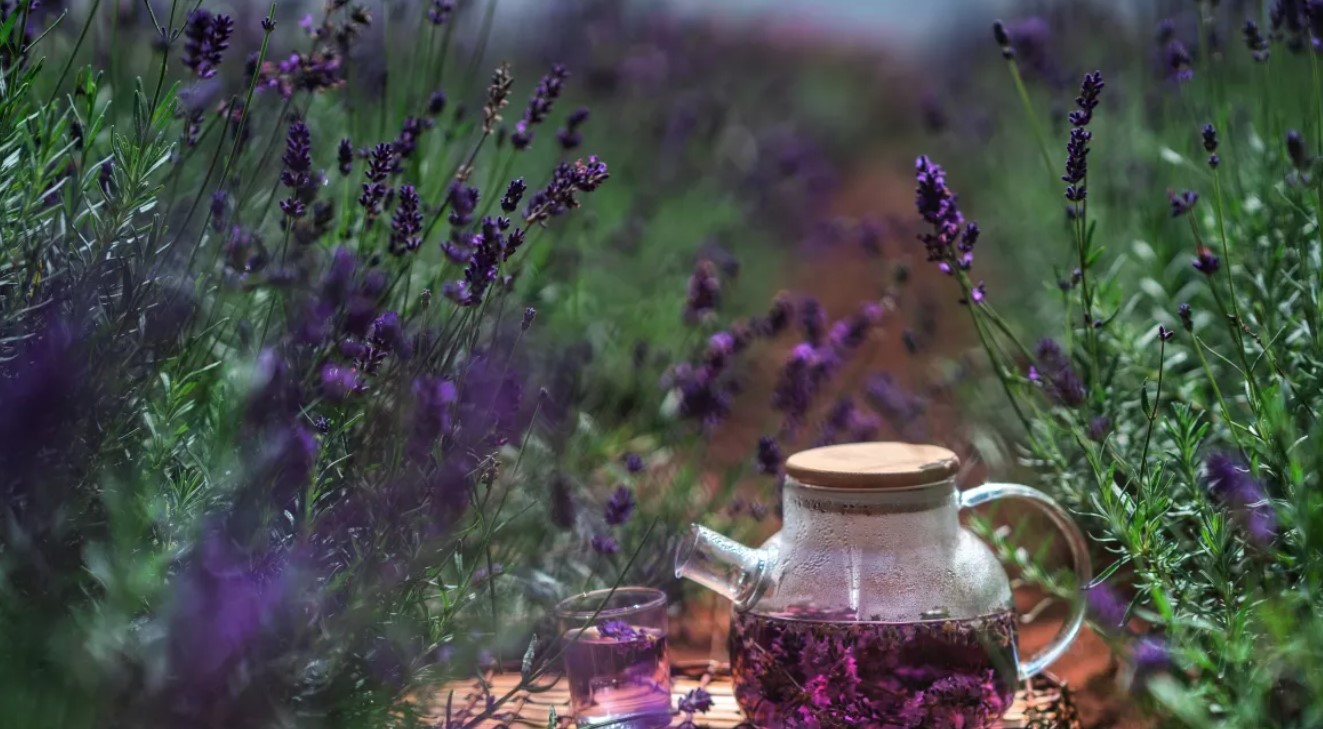For many people, coffee from everyday life is indispensable – whether in the morning as a guardian, in between to enjoy or at work.
There are 103 types of coffee and much more types of coffee. But how exactly does this great variety of coffee drinks arise?
For every coffee lover, daily pleasure plays a different role, but one thing has to decide for themselves: Which variety is the right one? In order to get closer to the answer, various aspects of the manufacturing process are examined in more detail.
The coffee manufacturers have taken advantage of the fact that the coffee drink is now indispensable for many people and developed countlessly many different types of coffee: the range ranges from refreshingly cold ice coffee for a hot summer day to caffeinated coffee for evening hours to environmentally friendly and fair traded Organic coffee-the list seems to extend endlessly. Since it is still easy to keep an overview. Of course, the taste also plays an important role. Every type of coffee carries its own flavors through the way of cultivation and its special workmanship. Some hardly differ from each other, others very strong. And trying out yourself through all possible varieties to find the ideal taste can take an eternity. Therefore, a small helpful overview is created here, on which you can orient yourself.
Coffee types and their growing areas
If you haven’t thought about it yet, you would perhaps understand the two terms coffee types and types of coffee in a synonym. But even if it may not seem that way at first glance, these are two terms that cannot be equated with each other. A biological distinction is set up in the term coffee type. This means that the individual types of coffee feel comfortable in a different climate and are best to grow there. There are a total of 103 different types of coffee and of these 103 different types of coffee are surprisingly mainly used for the countless types of coffee that we know from the shops: the Coffea Arabica and the Robusta. The latter is also a sub -genus of Coffea Canhora. Around 70 % of the coffee market are filled by all sorts of varieties of the Arabica bean and about 30 % make up the robusta. In addition to the two species, the Coffea art Liberica and the intersection of Maragogype, which is a variety of the Coffea Arabica, share the remaining percentage of the coffee market. However, this is only approximate estimates, a clear statement cannot be made. But why are these two species in the world of coffee so strongly represented? What makes it so special?
The Arabica coffee fairs require a cool and stable climate with a temperature between 18 and 22 degrees. They can be found in altitude regions from 1000 meters. Due to the cooler temperature conditions, the Arabica bean with a curved scar on the flat side needs a lot of time to ripen and can therefore develop the diverse aroma. This enables a wide range of coffee types. In contrast, the robusta can be found in warmer growing areas in the flat country. It also withstands higher temperature fluctuations, which explains its name. The rich, earthy but low -acid taste is characteristic, which leads to a somewhat lower variety. The bean is somewhat smaller than the Arabica and has a straight scar. In contrast, the Liberica bean is juicer, harder and contains little sugar, but a lot of caffeine. Accordingly, this can be the reason why it is not so strongly represented on the market.
What distinguishes the types of coffee?
The whole thing now looks a little more complex with all the types of coffee, which can ultimately be found on shelves of supermarkets. The distinction between the type of coffee is no longer sufficient here. Because the diversity of the types of coffee already starts during cultivation. But how exactly do more than two types of coffee become so many types of coffee?
The climate significantly determines the direction in which the quality of the coffee will go. By cultivation on plantations in the highland mountains-as with the Arabica bean-the coffee bean enables a longer ripening process. As a result, the bean can develop much more in terms of taste, which leads to a greater variety and high quality. Many plantations are now being grown in monocultures, i.e. without other plant species, although the coffee plant prefers shadow regions with other plants and trees because it can thrive in them better. The organic coffee, for example,-like the originally natural environment of the coffee plant-is grown in mixed forests and, in addition to the shadow, also has a higher nutrient content in the soil. In addition, the pest infestation is not as high as in monocultures, which means that pesticides and fertilizers only have to be used in small quantities. A mixed culture thus obviously creates many advantages for the environment, which also speaks for a high -quality coffee bean than with monocultures.
Immediately after the harvest, there are other differences in the preparation of the coffee beans: Now there are many different ways to produce certain flavors from the coffee bean. On the one hand, the coffee beans can be placed on the floor or special “Dry Beds” for drying. During this drying process, the coffee bean pulls the sweet aroma out of the pulp and absorbs it. On the other hand, they can also be processed directly wet. The pulp is removed from the beans and the coffee beans are fermented in a subsequent fermentation process. If water is added, this can still significantly influence the taste. Air cleaning then removes foreign bodies such as wood and bowls.
After this preparation of the coffee bean, the roasting is pending, which decides whether it is the final product of coffee or espresso. The duration of the roasting is crucial for this. If the beans are roasted between 5 and 13 minutes, it is coffee beans for filter coffee. Espresso needs a pussy time of up to 20 minutes. Each coffee bean is equally suitable for both roasting processes.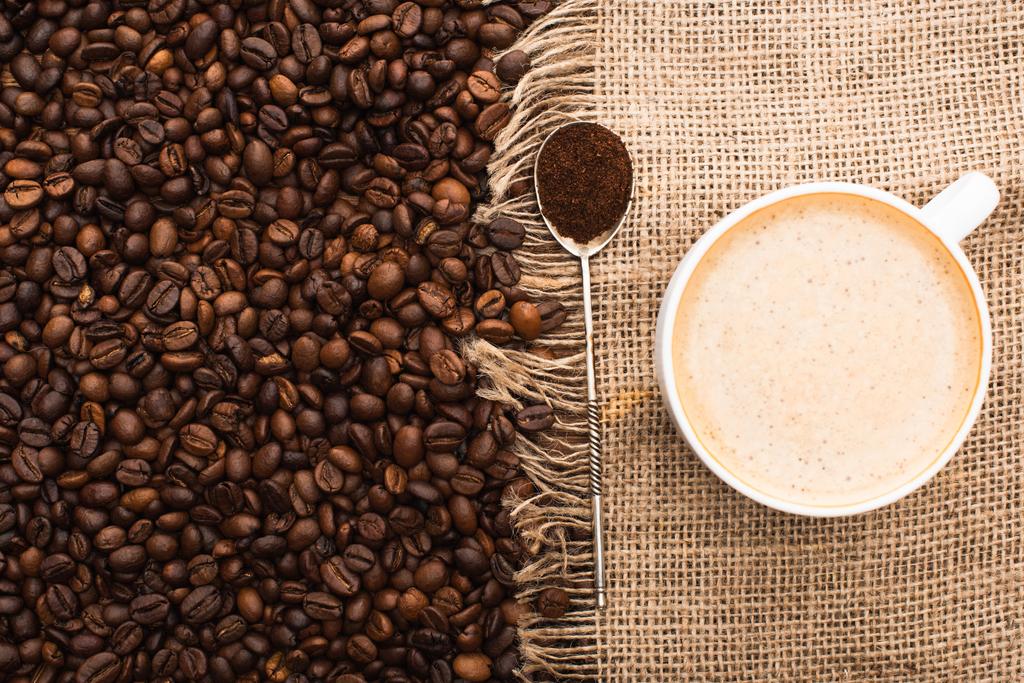
Countless many types of coffee
Ultimately, the countless types of coffee arise from the mixtures of different types of coffee that grow in different climate regions. These mixtures are also called blends. Due to the right mixture, delicious aromatic and harmoniously adapted flavors can lead to a complete pleasure. On the other hand, high -quality and expensive coffee can be mixed with poorer coffee in order to make the expensive coffee accessible to less money. There are also a few companies that offer the so -called single origins: this is a coffee that consists of only one coffee type of only one growing region.
From the choice of the growing area to roasting, before the type of coffee comes alone or mixed with other species in the machines, there are many components that play an important role in the final taste of the type of coffee. However, the variety of drinking coffee drinks does not stop at the coffee beans, because in addition to the coffee beans, other ingredients such as milk and sugar can be mixed in. And most of them are based on only the two types of coffee Arabica and Robusta. It only says: try it out and enjoy, but you can definitely define a rough direction.
